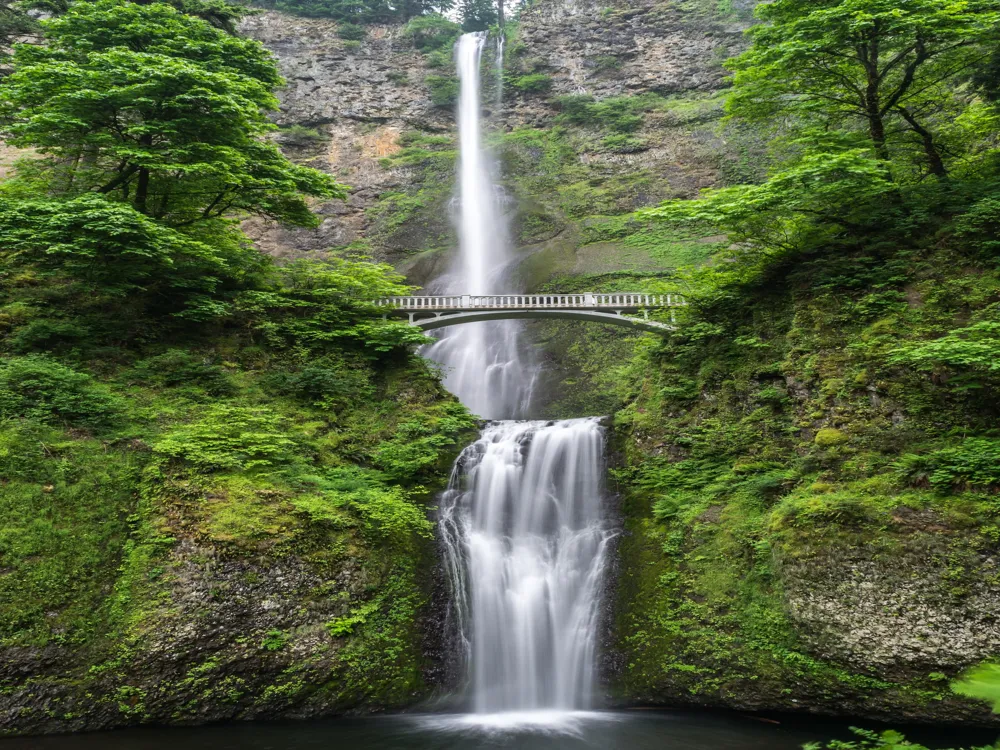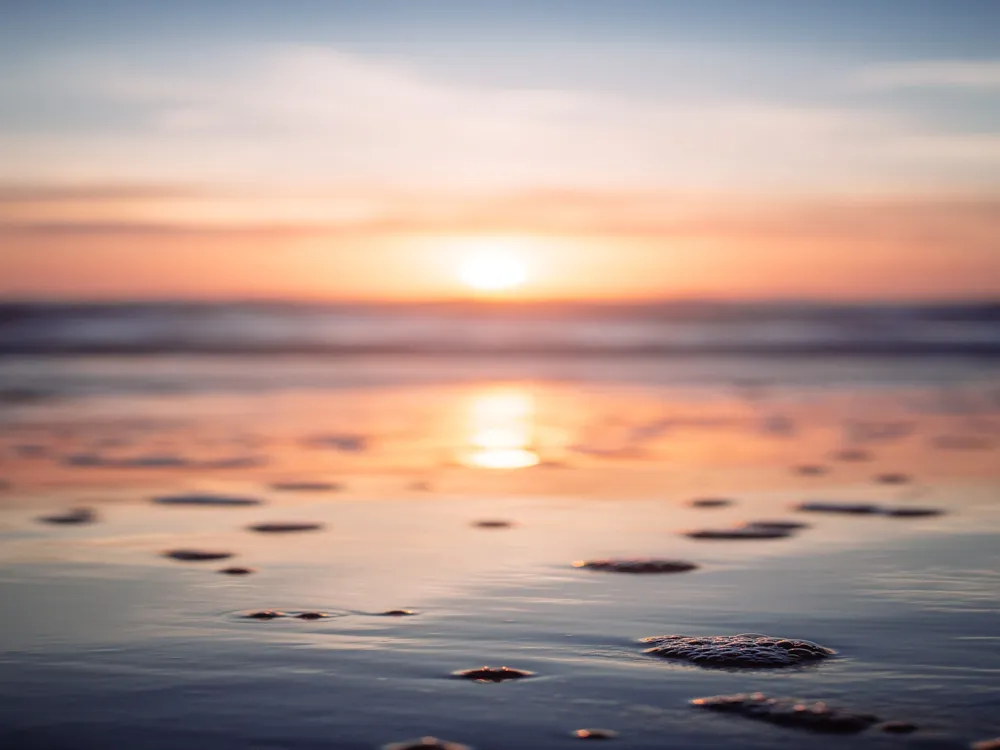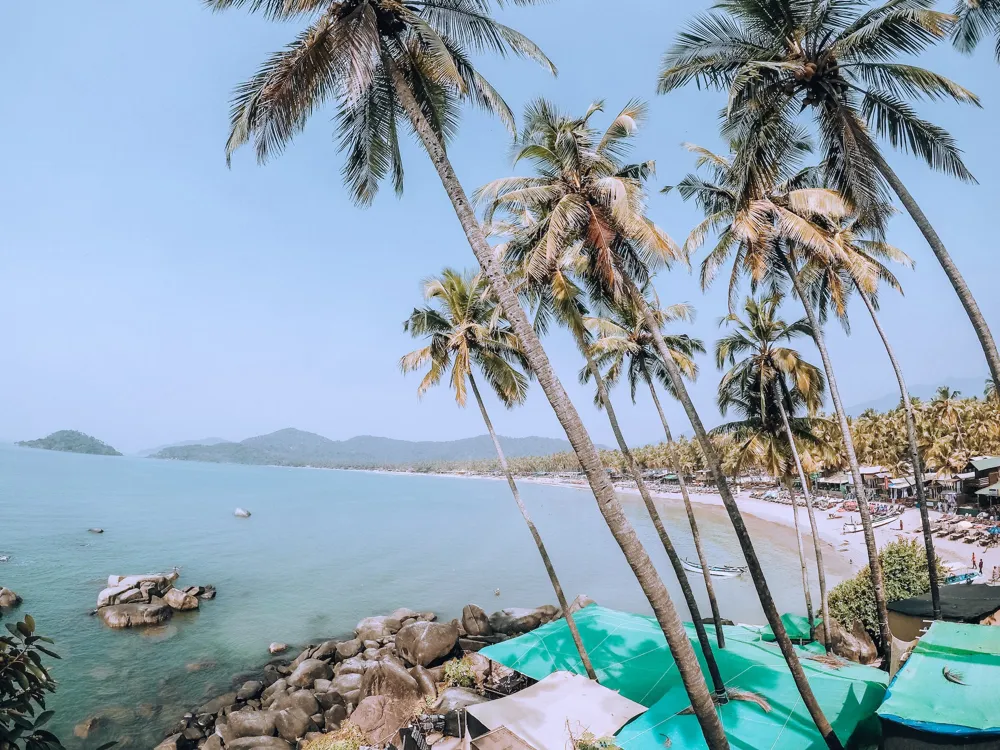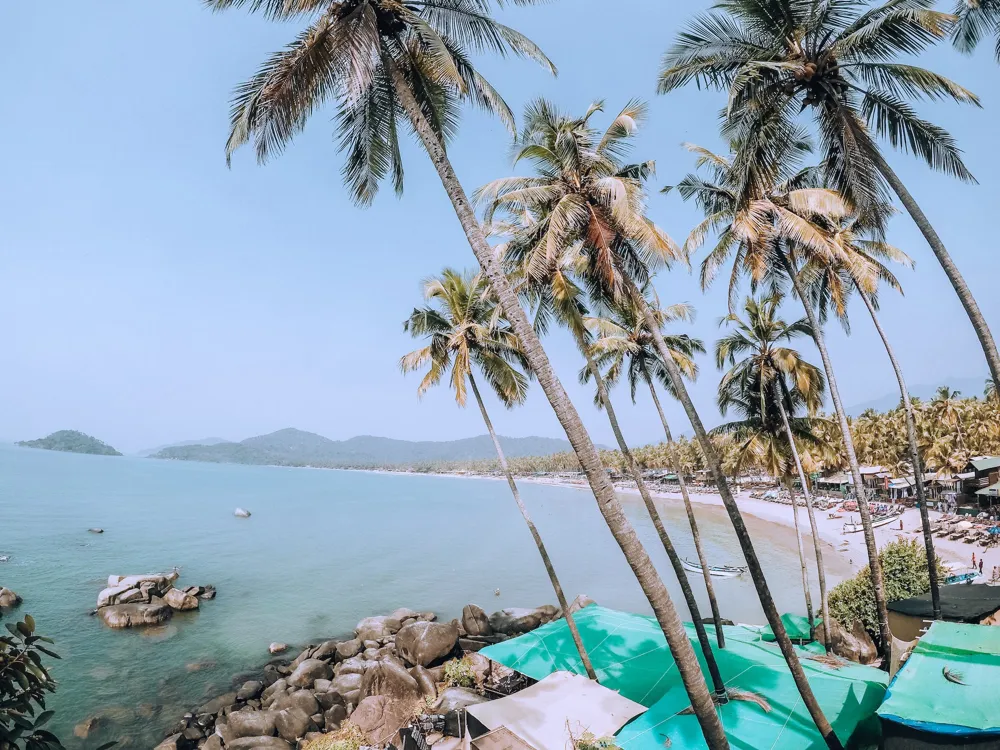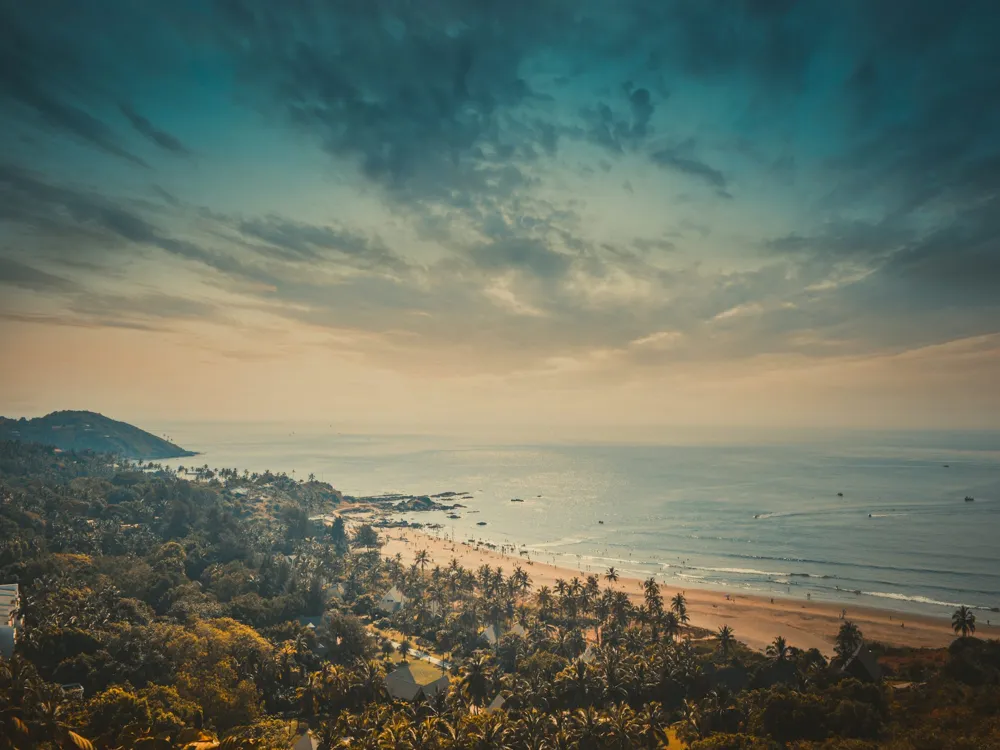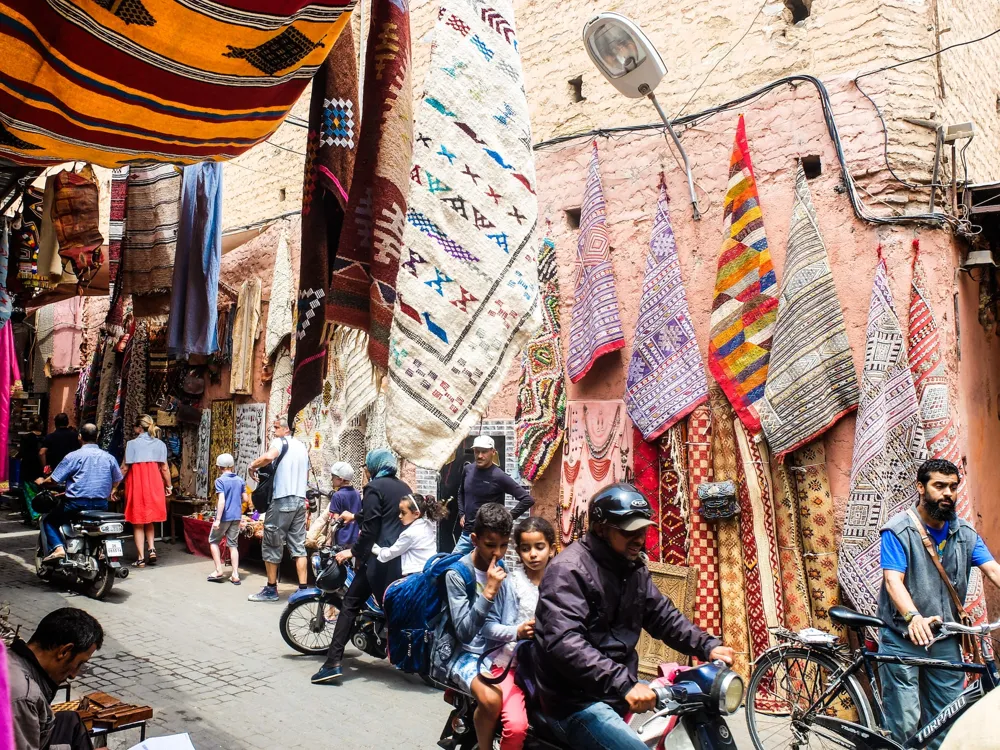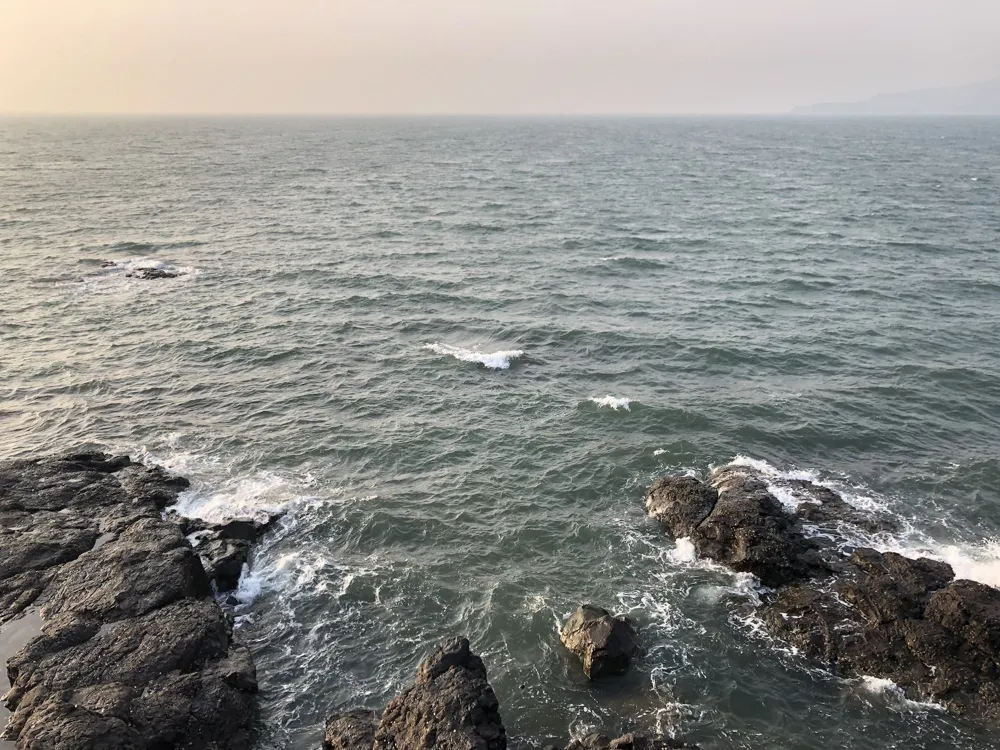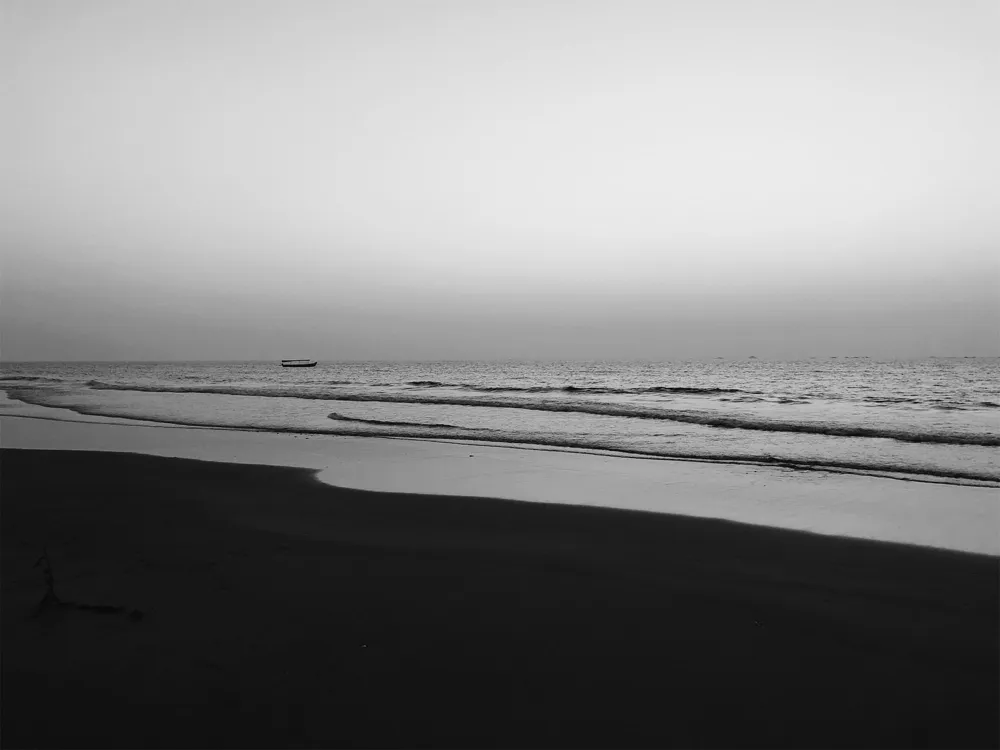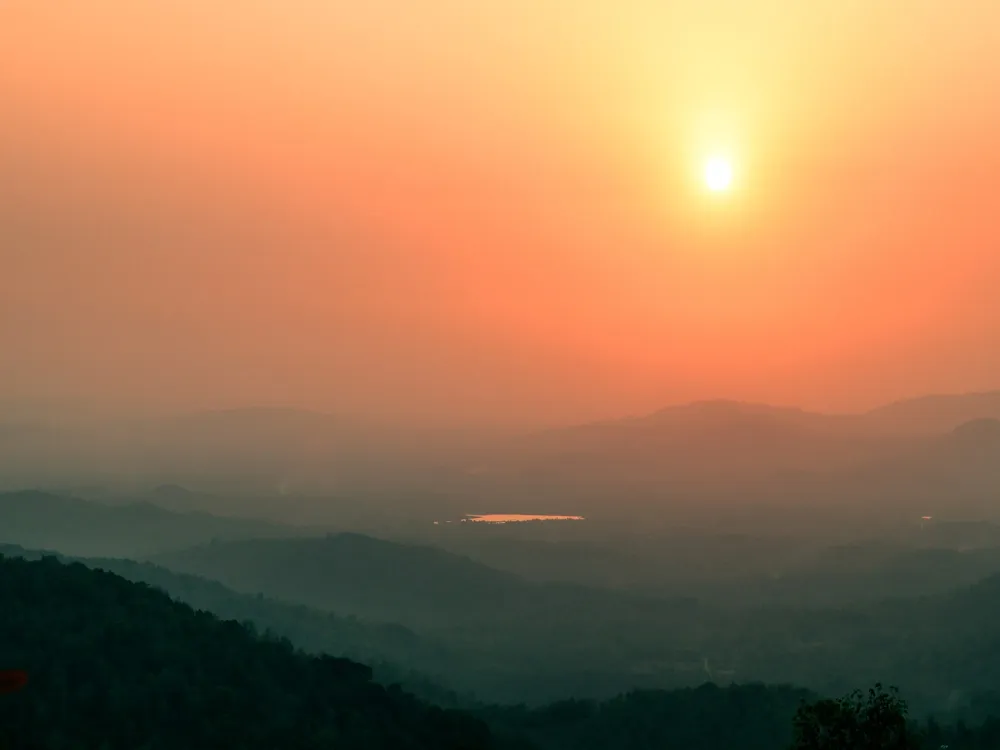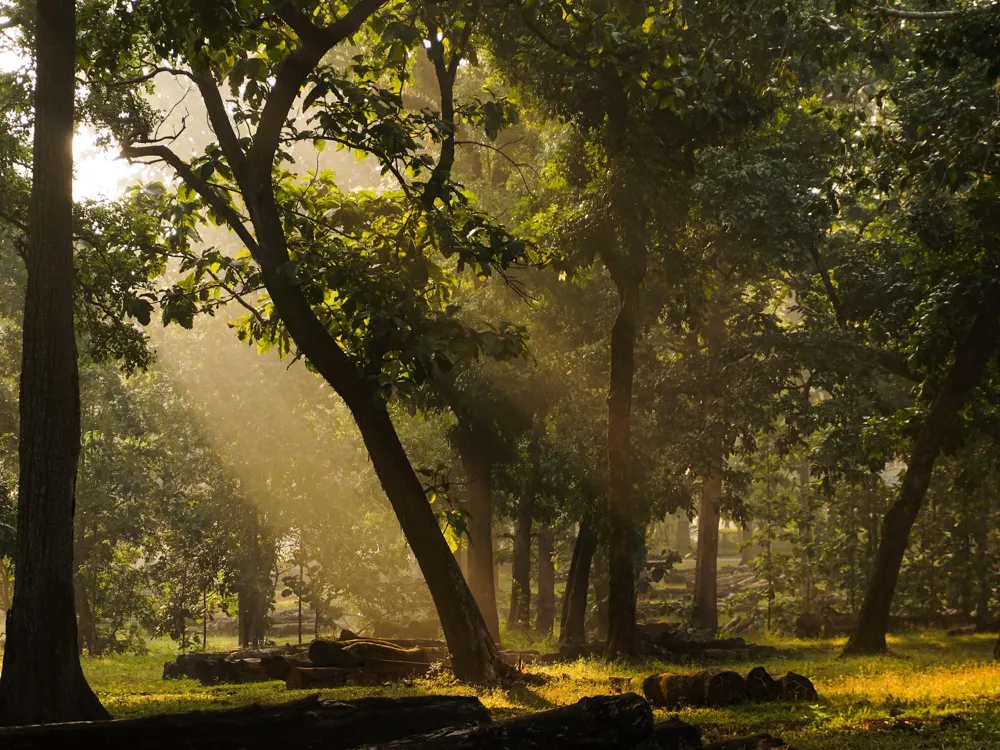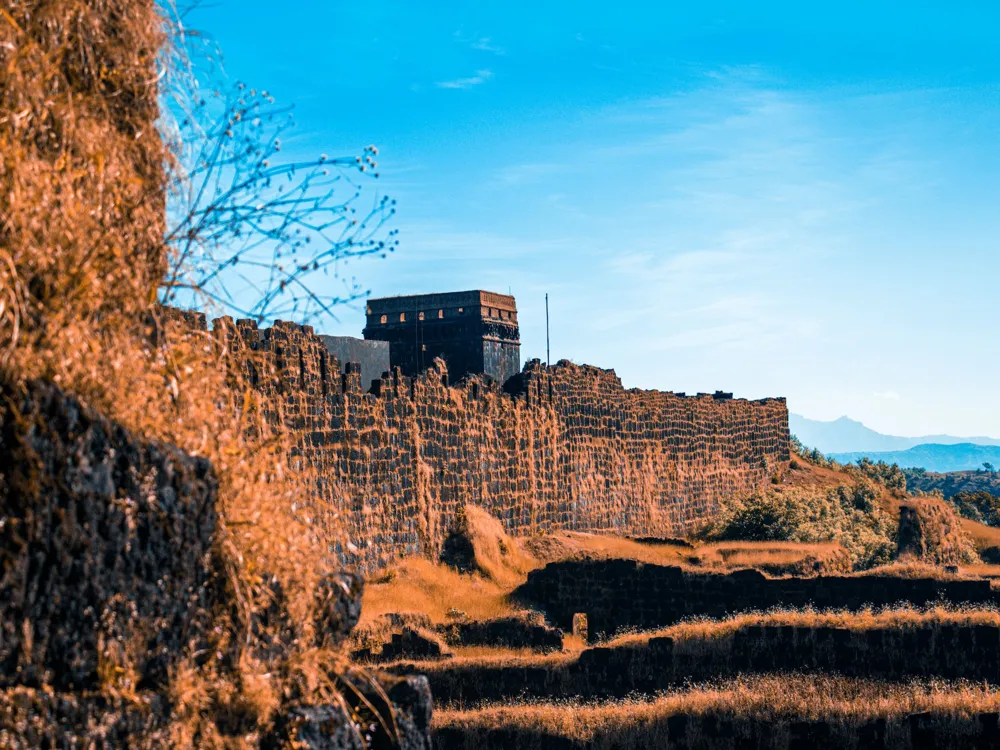Fort Tiracol, a quintessential landmark in North Goa, stands as a testament to the rich history and cultural amalgamation of Goa. Perched on a cliff at the confluence of the Tiracol River and the Arabian Sea, this 17th-century fort offers panoramic views of the Goan coastline and deep historical insight. Originally built by the Maharaja of Sawantwadi, it was later captured by the Portuguese and transformed into a pivotal military bastion. The fort's strategic location made it an essential point for defense and trade during colonial times. The fort's architecture reflects a blend of Goan and Portuguese styles, characterized by towering bastions, sturdy walls, and a quaint chapel within its premises. The Chapel of St. Anthony, preserved in its original form, is a key attraction, embodying the peaceful coexistence of different cultures in Goa. Fort Tiracol is not just a historical site but also a symbol of resistance and freedom, playing a significant role during the liberation of Goa from Portuguese rule. Its legacy continues to influence the socio-political fabric of the region. Exploring Fort Tiracol is akin to walking through pages of history, where each corner tells a story of battles, colonial trade, and the evolution of Goan culture. The fort now houses a heritage hotel, offering visitors a blend of historical elegance and modern luxury. The serene surroundings, coupled with the fort's historical significance, make it a must-visit destination for history enthusiasts, cultural explorers, and nature lovers alike. Fort Tiracol's architecture is a remarkable showcase of the fusion between Goan and Portuguese architectural styles, reflecting the historical and cultural transitions of the region. The fort's imposing structure, built using laterite stone, stands resilient against the backdrop of the Arabian Sea, symbolizing strength and endurance. The main gate of the fort is an exemplar of Portuguese military architecture, characterized by intricate designs and robust construction. The fort's layout is strategically designed, with bastions positioned to provide a commanding view of the surrounding terrain and sea, enabling effective surveillance and defense. The walls of the fort are thick and tall, designed to withstand enemy attacks and harsh weather conditions. Inside the fort, the narrow pathways and arches reflect the typical Goan architectural style, providing a sense of the lifestyle during the colonial era. One of the most iconic features of Fort Tiracol is the Chapel of St. Anthony. This chapel, small yet significant, stands as a symbol of religious tolerance and cultural harmony. The chapel's architecture, with its simple facade and elegant altar, showcases the minimalistic yet profound Portuguese architectural influence. The fort also houses several cannons and military artifacts, which are reminders of its past as a military fortress. Over the years, conservation efforts have been made to preserve the architectural integrity of Fort Tiracol, ensuring that its historical essence is maintained while adapting to modern-day uses. The conversion of the fort into a heritage hotel has been done sensitively, blending historical elements with contemporary comfort, thus offering a unique experience to visitors. The ideal time to visit Fort Tiracol is between November and March, when the weather in Goa is pleasant, with cooler temperatures and minimal rainfall, enhancing the experience of exploring the fort and its surroundings. Opting for a guided tour can enrich your visit, providing insights into the fort's history, architecture, and anecdotes that are not commonly known. Local guides are available and can offer personalized tours. For a complete experience, consider staying at the heritage hotel within the fort. It offers a unique opportunity to immerse yourself in the historical ambiance of Fort Tiracol, with modern amenities. Fort Tiracol is a photographer's delight. The panoramic views of the sea and the architectural beauty of the fort provide ample opportunities for photography. However, respect any photography restrictions in certain areas. Exploring the local cuisine at nearby restaurants or the fort's own dining facilities is a must. Goan cuisine, known for its rich flavors and seafood delicacies, complements the cultural exploration. Fort Tiracol is accessible by road from major cities in Goa. If you are traveling from Panaji, the capital city of Goa, it's about a 1.5-hour drive. Alternatively, one can take a ferry from Querim, near Arambol, which is a short and scenic route. The fort is well-connected and easily reachable by private vehicles, taxis, or buses. Read More: Overview of Fort Tiracol in North Goa
Architecture of Fort Tiracol
Tips When Visiting Fort Tiracol
Best Time to Visit
Guided Tours
Accommodation
Photography
Local Cuisine
How To Reach Fort Tiracol
Fort Tiracol
North Goa
Goa
NaN onwards
View goa Packages
Weather :
Tags : Forts & Palaces
Timings : 9:00 AM - 7:00 PM
Planning a Trip? Ask Your Question
Goa Travel Packages
View All Packages For Goa
Top Hotel Collections for Goa

Private Pool

Luxury Hotels

5-Star Hotels

Pet Friendly
Top Hotels Near Goa
Other Top Ranking Places In Goa
View All Places To Visit In goa
View goa Packages
Weather :
Tags : Forts & Palaces
Timings : 9:00 AM - 7:00 PM
Planning a Trip? Ask Your Question
Goa Travel Packages
View All Packages For Goa
Top Hotel Collections for Goa

Private Pool

Luxury Hotels

5-Star Hotels

Pet Friendly







